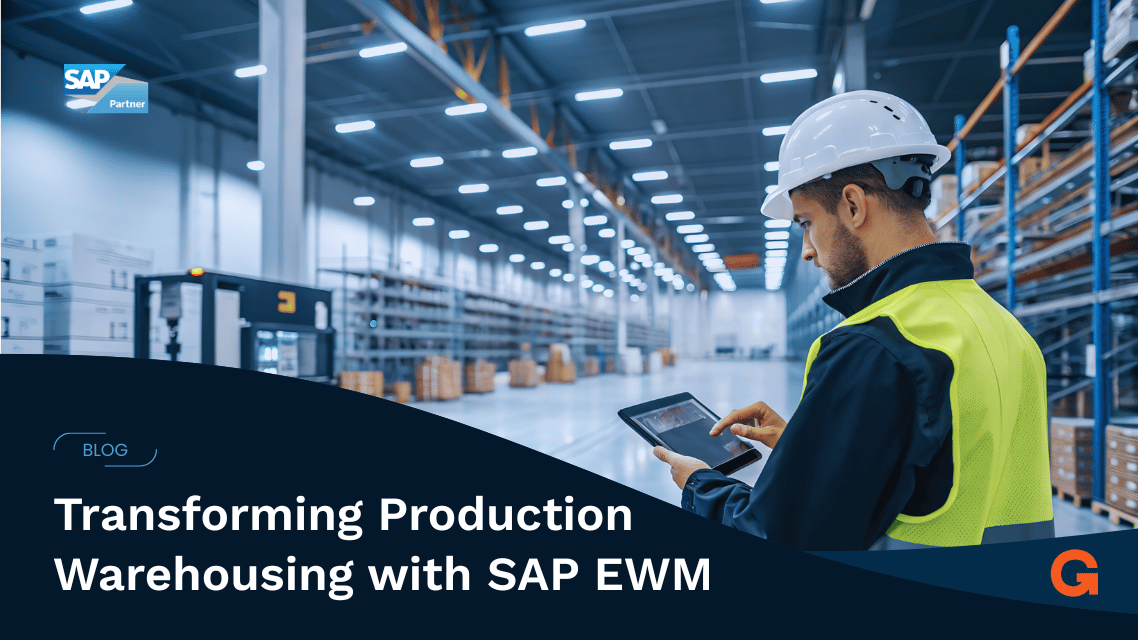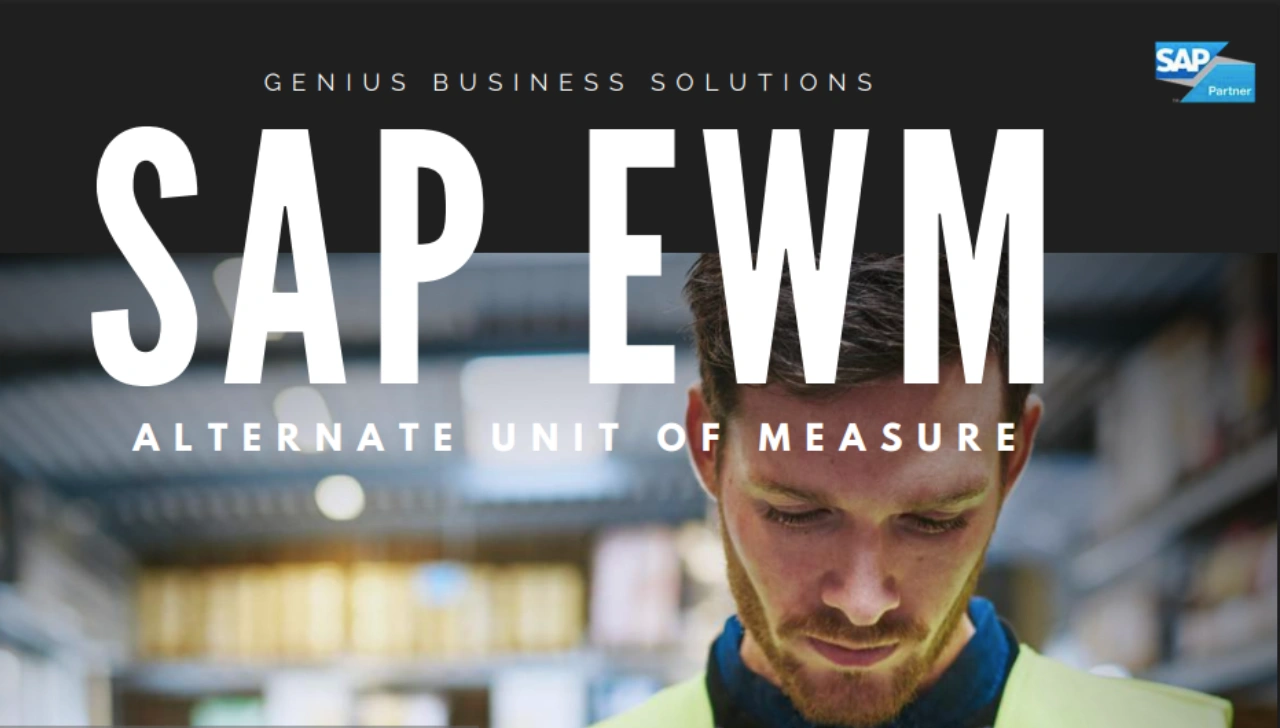The Next Evolution: Smart Manufacturing Demands More Than Efficiency
Manufacturers today face a pivotal transformation. Navigating market volatility,heightened consumer demands, supply chain uncertainties, and a pressing need forproduct personalization requires more than just cost control and streamlinedprocesses. Achieving manufacturing excellence now depends on agility, real-timeintelligence, and self-optimizing operations.
Yet, many organizations are constrained by legacy systems—fragmented, manualworkflows, limited data visibility, and slow response to disruptions. To compete and win,manufacturers must rethink their operational model at a fundamental level, integratingadvanced technologies to build adaptive, future-ready enterprises.
What is the Intelligent Factory?
Known as the “Intelligent” or “Thinking” Factory, this new paradigm brings together thepower of SAP Manufacturing Execution System (MES), artificial intelligence (AI),Industrial Internet of Things (IIoT), and digital twins. This convergence creates adigitally integrated, self-optimizing production environment—where decisions areevidence-driven, and operations adapt seamlessly to dynamic conditions in real time.
It’s not a vision for tomorrow. Global leaders are adopting these models today, unlockingthe benefits of SAP Digital Manufacturing, SAP AI Core, SAP Datasphere, and more, tobuild flexible, scalable, and resilient factories.
GBSI’s specialist team—backed by over two decades and 500+ SAP transformationprojects—empowers manufacturers to make this leap from conventional production tointelligent, networked operations. By enabling SAP-based digital manufacturingarchitectures, AI, and IoT, GBSI helps businesses stay ahead of change, whatever themarket brings.
Industry 4.0: Redefining Manufacturing from the Ground Up
Industry 4.0 represents a game-changing shift toward highly individualized, data-drivenmanufacturing. The modern factory must support mass customization—producingsmall, unique batches efficiently—while running at speed and adapting on demand.
The foundation of this revolution is deep technological integration:
● IoT sensors capture real-time operational data throughout production.
● AI/ML frameworks automate decisions and provide predictive insights.
● Big Data analytics uncover valuable patterns across massive datasets.
● Advanced robotics/automation deliver speed, accuracy, and efficiency at scale.
● Cloud platforms enable data access, scalability, and cyber-physical systemintegration.
This model thrives on horizontal integration across suppliers, plants, and logistics, as well as vertical integration from the shop floor up to company-wide functions—allowingtrue end-to-end optimization across the entire value chain.
Putting the Intelligent Factory into Practice
At its core, the intelligent factory is about creating an environment that continuouslylearns and improves. Embedded sensors and smart machines generate high-frequencydata, which is analyzed using cutting-edge AI and ML algorithms to drive actionableinsights and automatic optimizations—all across shop floor, supply chain, HR, finance,and beyond.
A critical capability enabling this is the digital twin—a virtual replica of assets,operations, or processes that allows for risk-free simulation, dynamic scenario planning,and predictive improvement.
Beyond Efficiency: The Strategic Value of Industry 4.0
Modern manufacturing transformation isn’t just about reducing cost or increasingthroughput. The real, sustainable value lies in:
● Agile responses to shifting market demands
● Accelerated product launches
● Mass customization at scale
● Enhanced resilience amid supply chain and workforce disruptions
In short: intelligence and adaptability are now the minimum requirements for industryleadership.
Data Quality: The Hidden Key to Smart Factories
Despite powerful digital tools, the value of an intelligent factory depends on high-qualitydata. Poor data leads to unreliable analytics, flawed predictions, and operationalmisses. Clean, contextual, and consistent information forms the backbone ofsuccessful MES, AI, and digital twin deployments—and is non-negotiable for anynext-gen manufacturing model.
SAP MES: The Digital Core for Manufacturing Excellence
The SAP Manufacturing Execution System is the central nervous system for smartfactories. It serves as the operational bridge connecting enterprise planning withreal-time shop floor execution, ensuring end-to-end visibility, control, and optimizationover the full production lifecycle:
● Real-time data acquisition enables instant insight and fast, confident decisions.
● Dynamic order, resource, and material management beats bottlenecks andminimizes downtime.
● Integrated quality control and comprehensive traceability streamline complianceand consistent output.
● Workforce and equipment optimization boosts productivity while reducing costs.
● Performance analytics and digital workflows drive continuous improvement andpaperless operations.
SAP offers both on-premise (SAP ME) and cloud-native (SAP Digital Manufacturing)MES, each seamlessly integrated into SAP’s robust ecosystem (ERP, SCM,BTP)—helping manufacturers create unified, intelligent operations.
Key SAP MES Capabilities for the Intelligent Factory
● Real-time visibility: Faster, actionable decisions from anywhere
● Dynamic production optimization: Eliminates bottlenecks and increases OEE
● Quality management & traceability: Ensures compliance and product reliability
● Advanced resourcemanagement: Boosts staff and equipment utilization
● Paperless, digital workflows: Cuts errors, accelerates access to operational data
MES unifies granular shop floor data and connects it to ERP, SCM, and IoT for holisticoptimization—serving as the foundation for AI models and digital twin initiatives.
AI and Machine Learning: Manufacturing’s Digital Brain
AI and ML technologies elevate manufacturing from automated to intelligent. Within theSAP Digital Manufacturing suite, they unlock predictive maintenance, self-learningquality control, and dynamic production planning:
● Predictive analytics: AI anticipates failures, proactively triggers maintenance, andminimizes unplanned downtime.
● Automated quality control: ML algorithms spot defects in real time, reducingwaste and boosting output.
● Dynamic optimization: AI-driven models auto-adjust schedules and material flows, optimizing throughput and resource use.
SAP Business AI and intelligent agents further enhance decision support, automatingissue resolution and enabling continuous improvement across the factory floor. Byintegrating MES and AI, manufacturers unleash flexible, resilient productionenvironments that can scale mass customization with speed and precision.
IoT: The Seamless Nervous System of the Factory
IIoT gathers continuous, precise information from machines, logistics, and supply chainassets. Integrated with SAP Digital Manufacturing, this data enables:
● Real-time asset health monitoring (predictive maintenance)
● Shop floor-to-business system synchronization
● Automated workflows and closed-loop quality controls
SAP Production Connector ensures secure and versatile machine integration,supporting protocols from OPC UA to MQTT—making IoT data actionable in enterpriseplanning, analytics, and digital twin scenarios.
Digital Twins: The Virtual Powerhouse for Operational Optimization
Digital twins transform manufacturing operations by providing live, data-rich simulationsof assets, lines, and processes. SAP Digital Manufacturing and MES capturehigh-resolution data in real time, enabling manufacturers to:
● Test and refine production strategies virtually
● Predict equipment needs and schedule maintenance
● Detect bottlenecks before they occur
● Optimize the entire supply chain from a single, digital interface
By linking digital twins, MES, and IoT, manufacturers enjoy unparalleled agility, visibility,and control—driving smarter decisions, minimizing risks, and maximizing returns.
Conclusion: The Path to Smart Manufacturing Starts with GBSI
Smart manufacturing is the operational standard of today—not tomorrow. Withincreasing complexity and dynamic global markets, companies must build intelligent,connected, and adaptive factories to thrive.
By harnessing the combined force of SAP MES, AI, IoT, and digital twins, GBSI enablesmanufacturers to transform data into actionable intelligence—empowering real-timedecisions, optimizing performance, and driving a resilient competitive edge.
The journey to an intelligent factory is more than implementing new tools—it is aboutreinventing how people, processes, and technology work together. GBSI stands ready tohelp manufacturers transition from legacy operations to future-ready enterprises withthe expertise, solutions, and insight that only a true SAP powerhouse can offer























